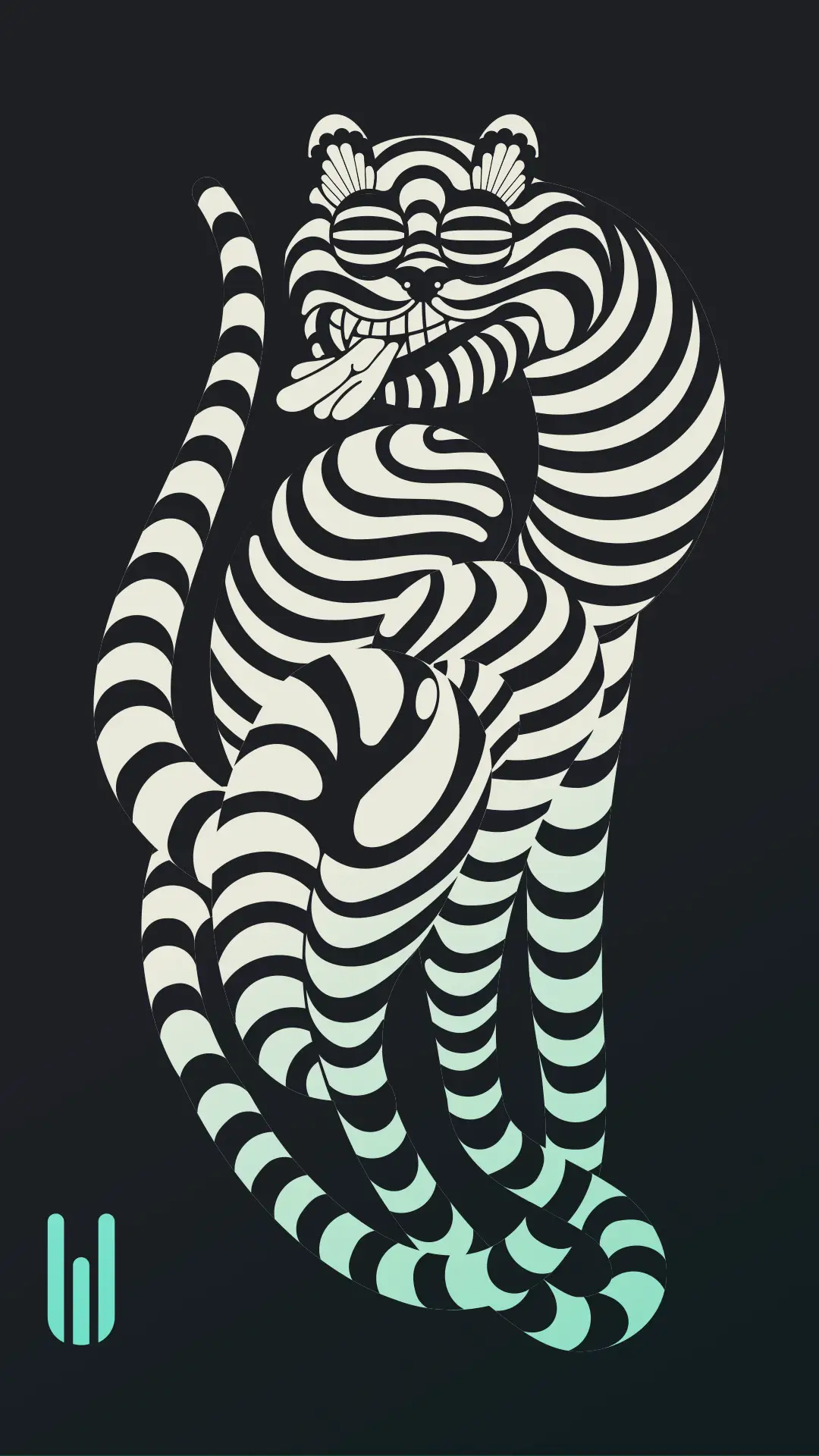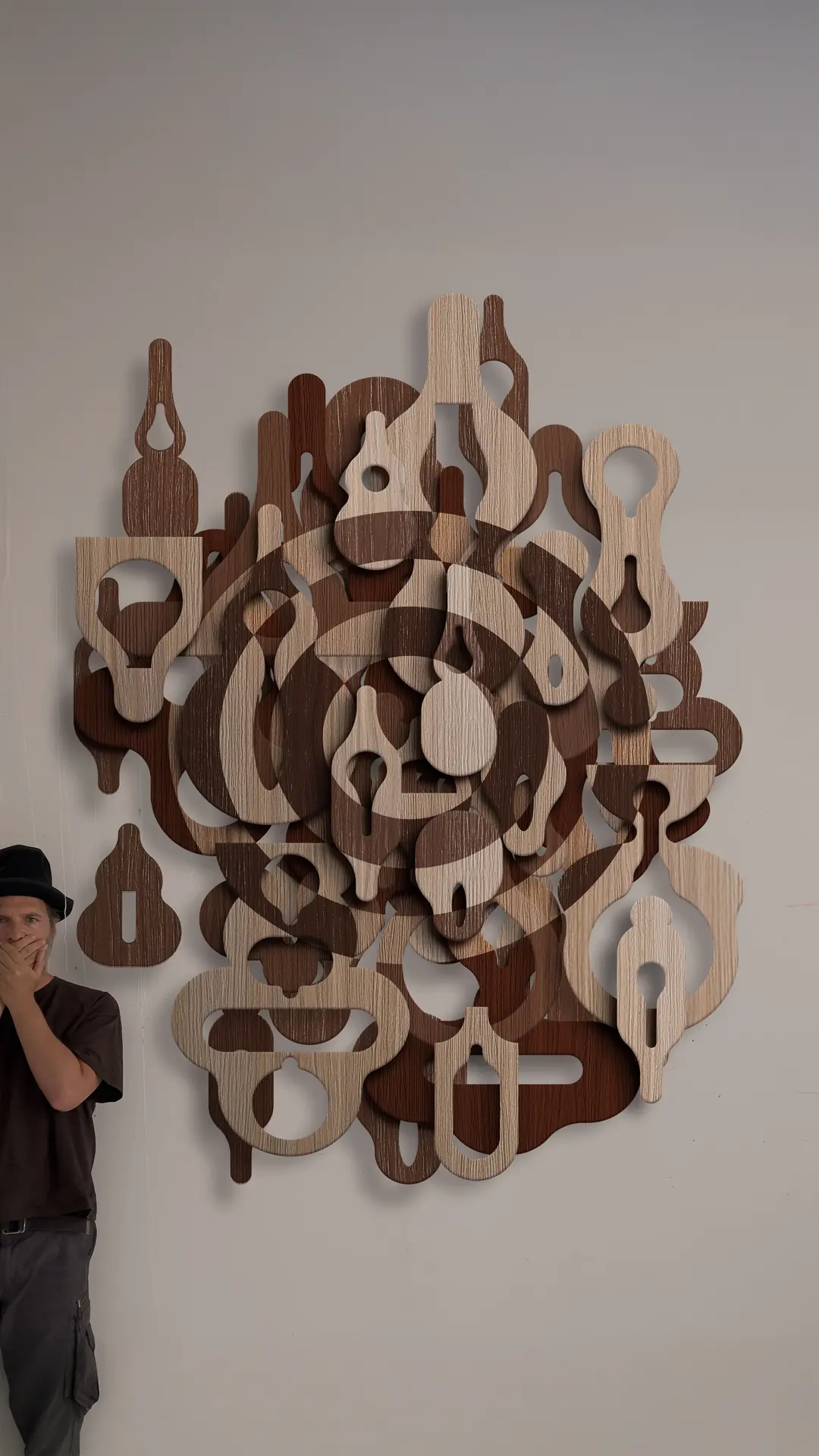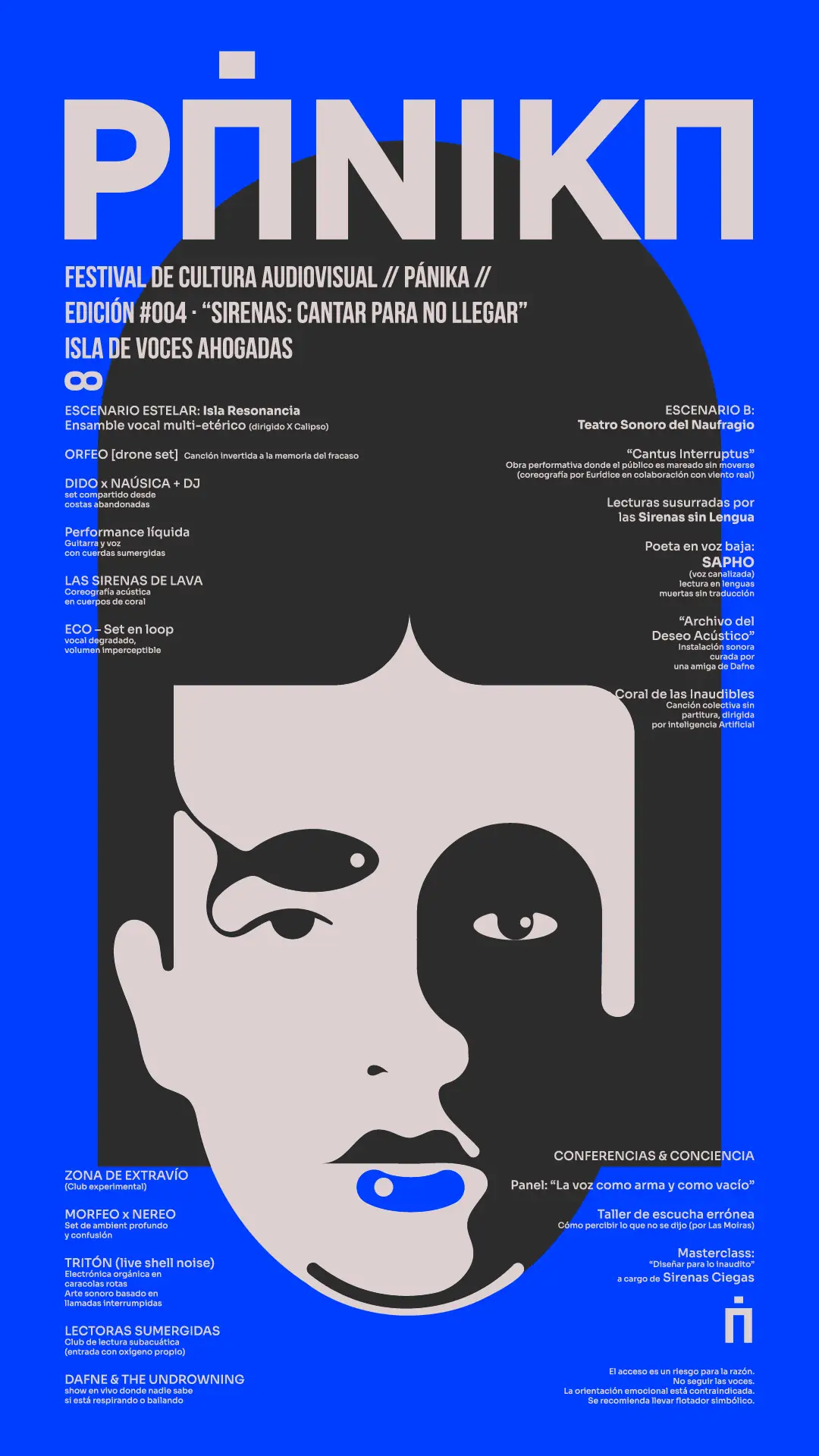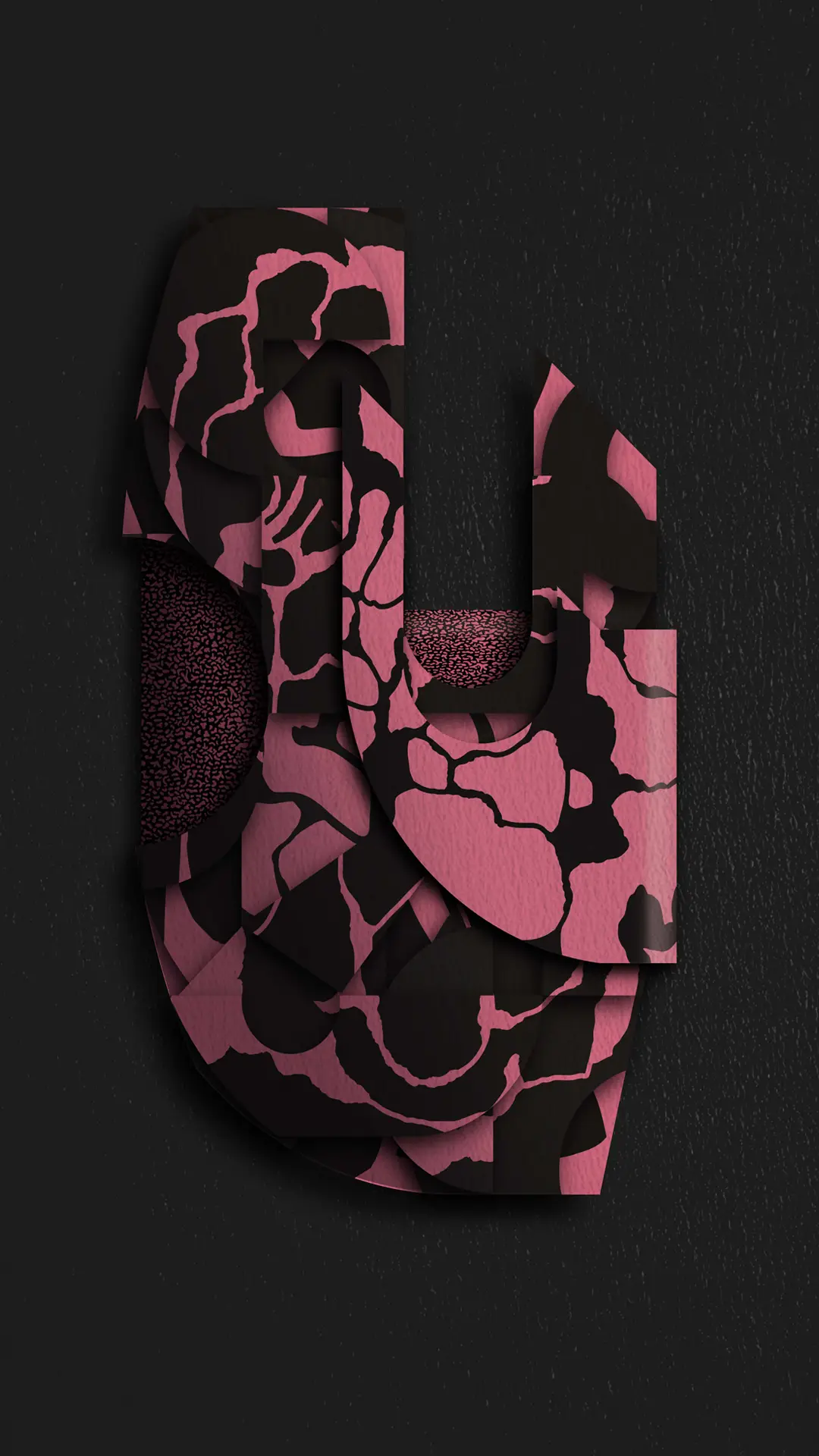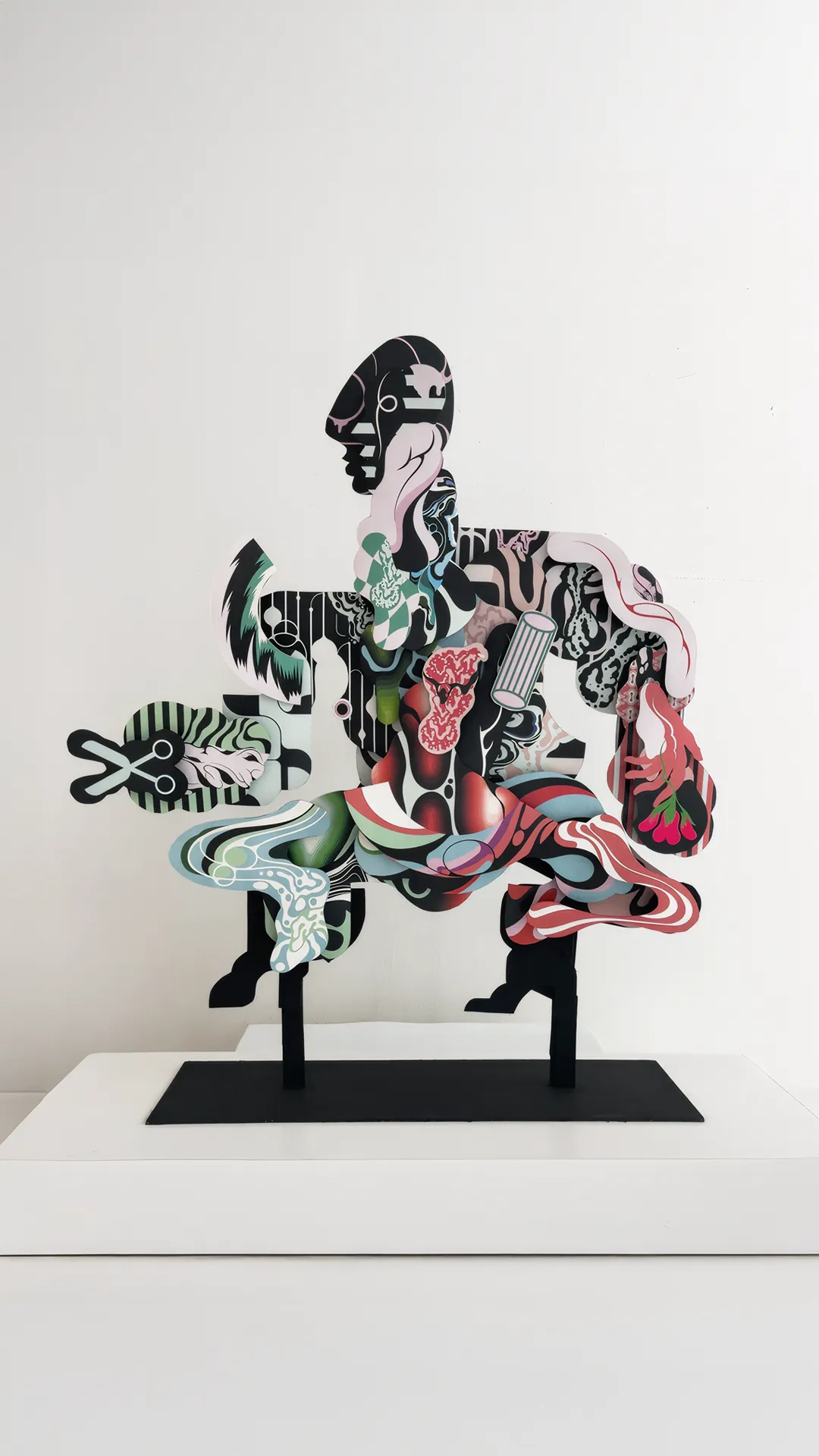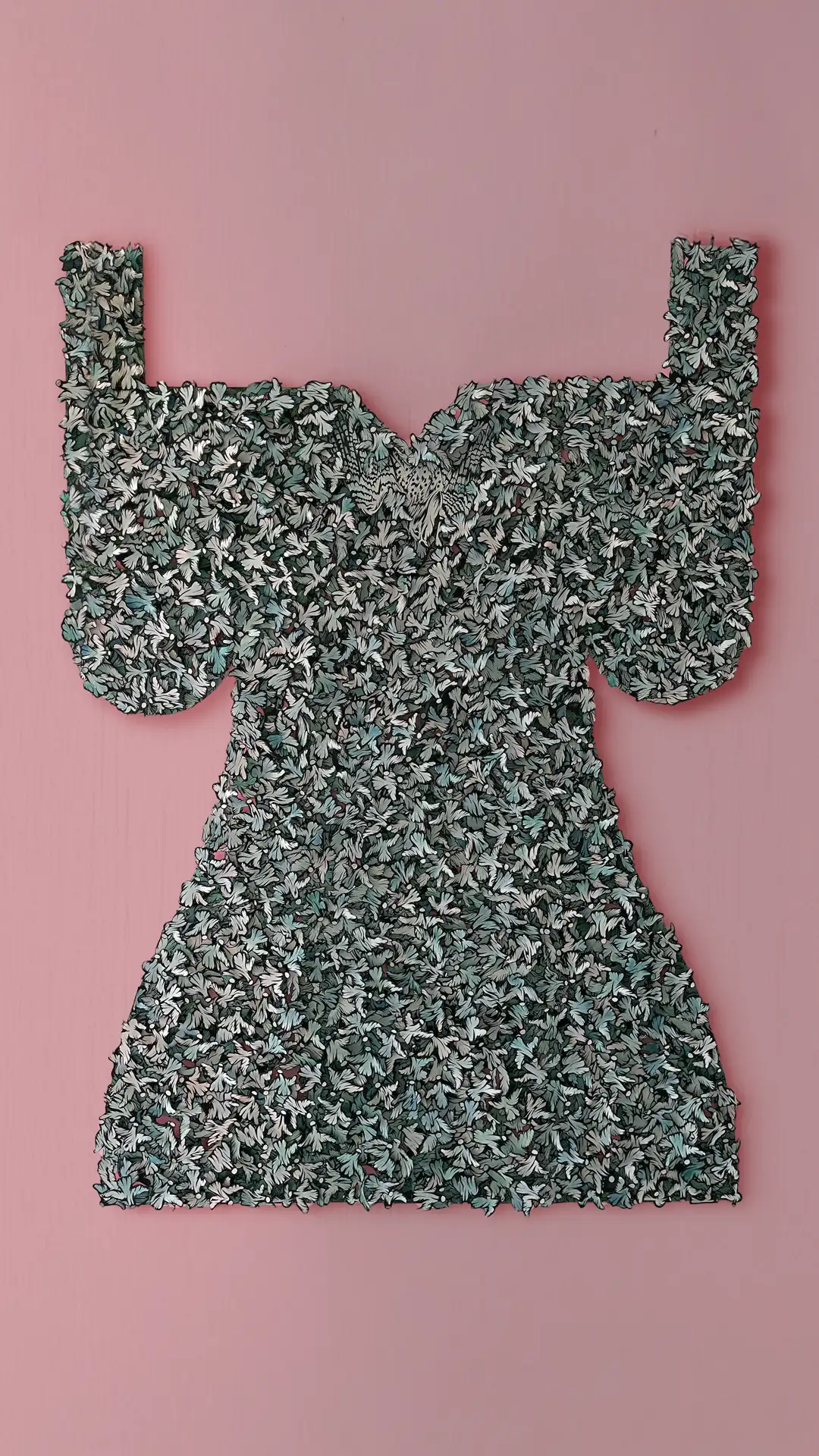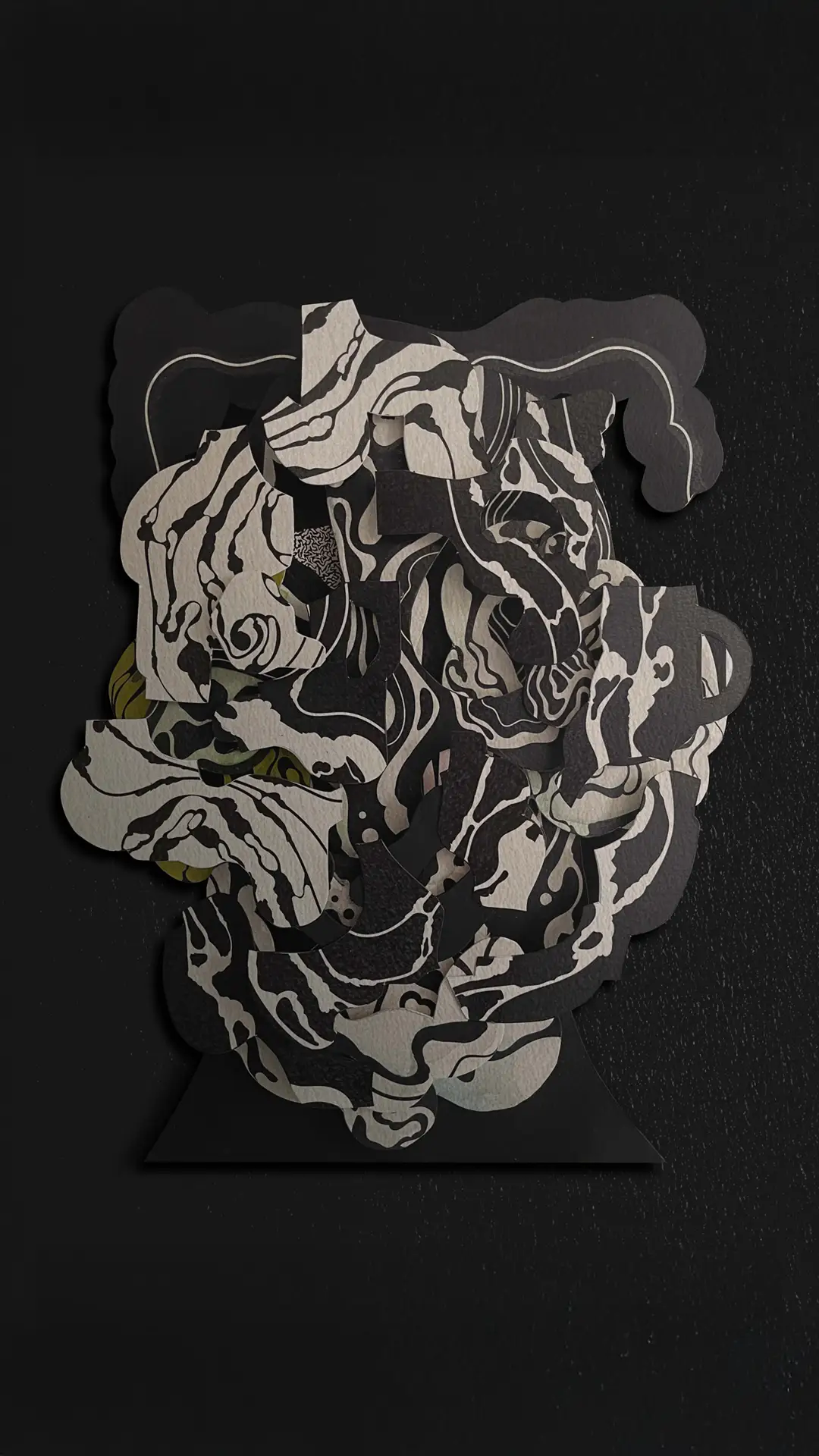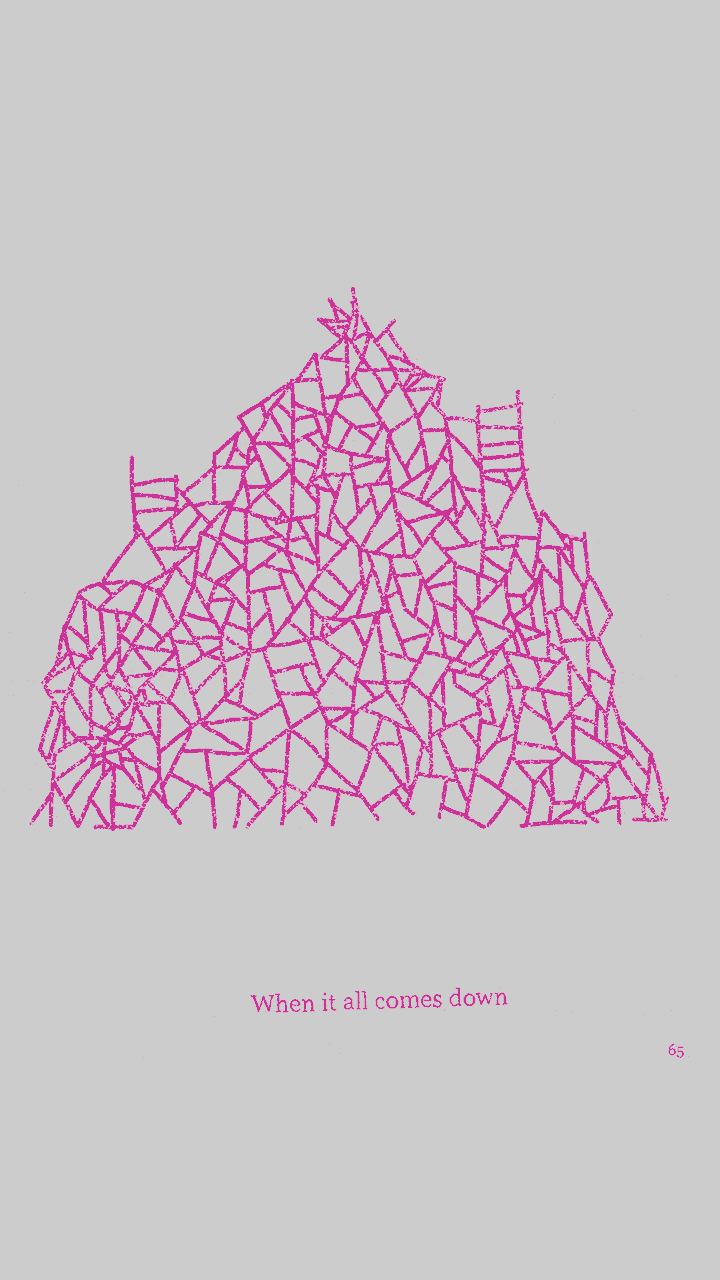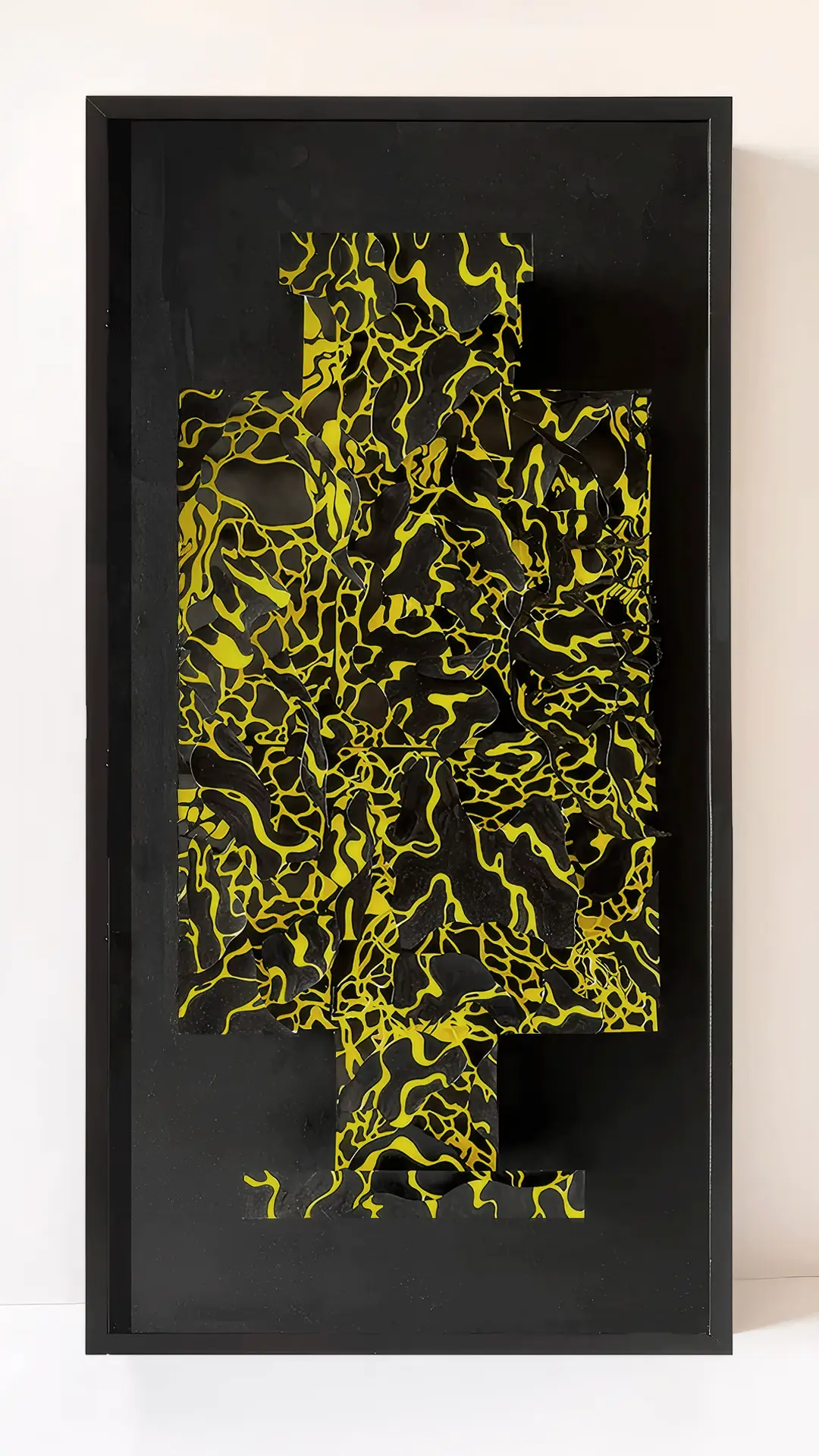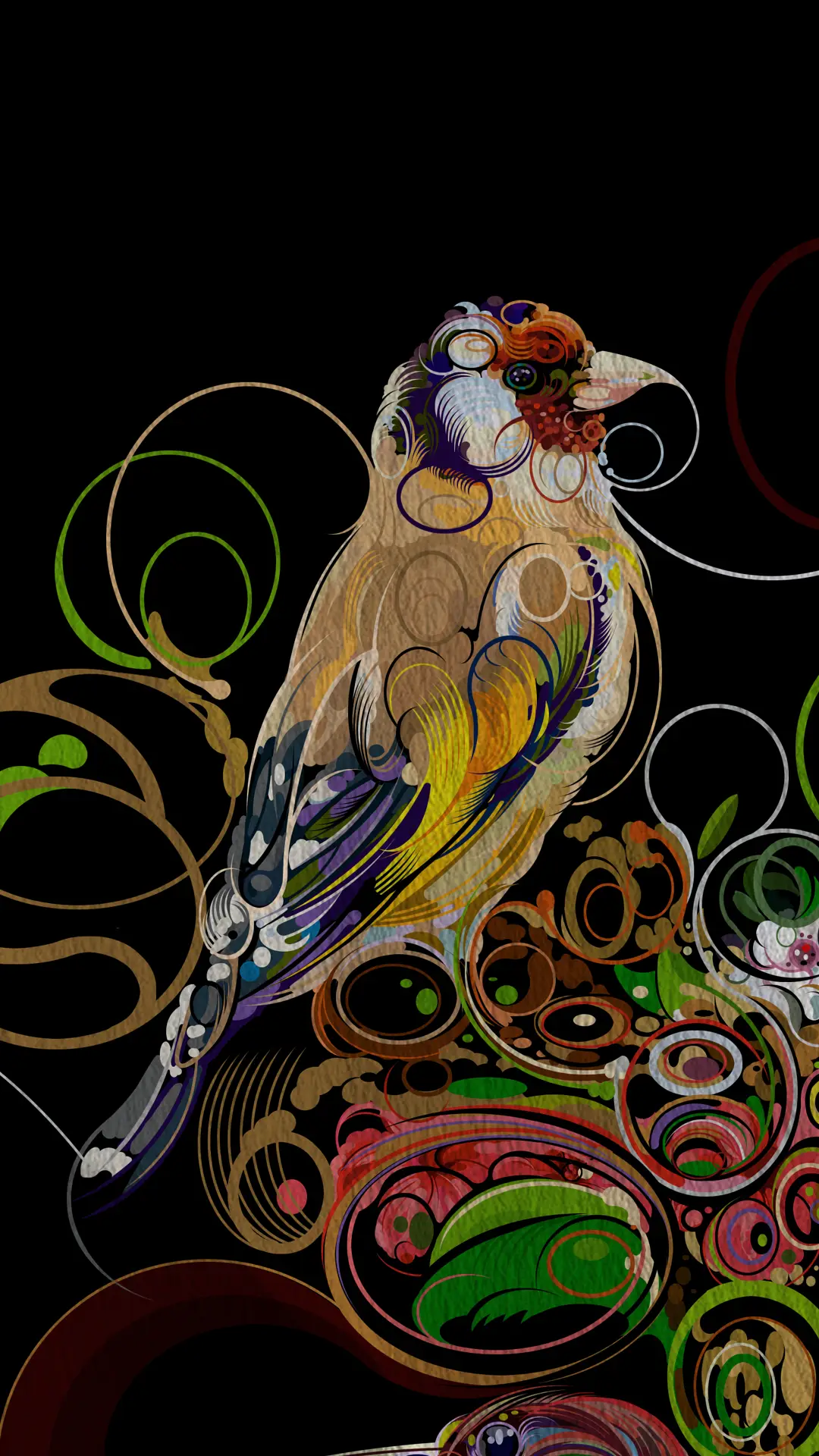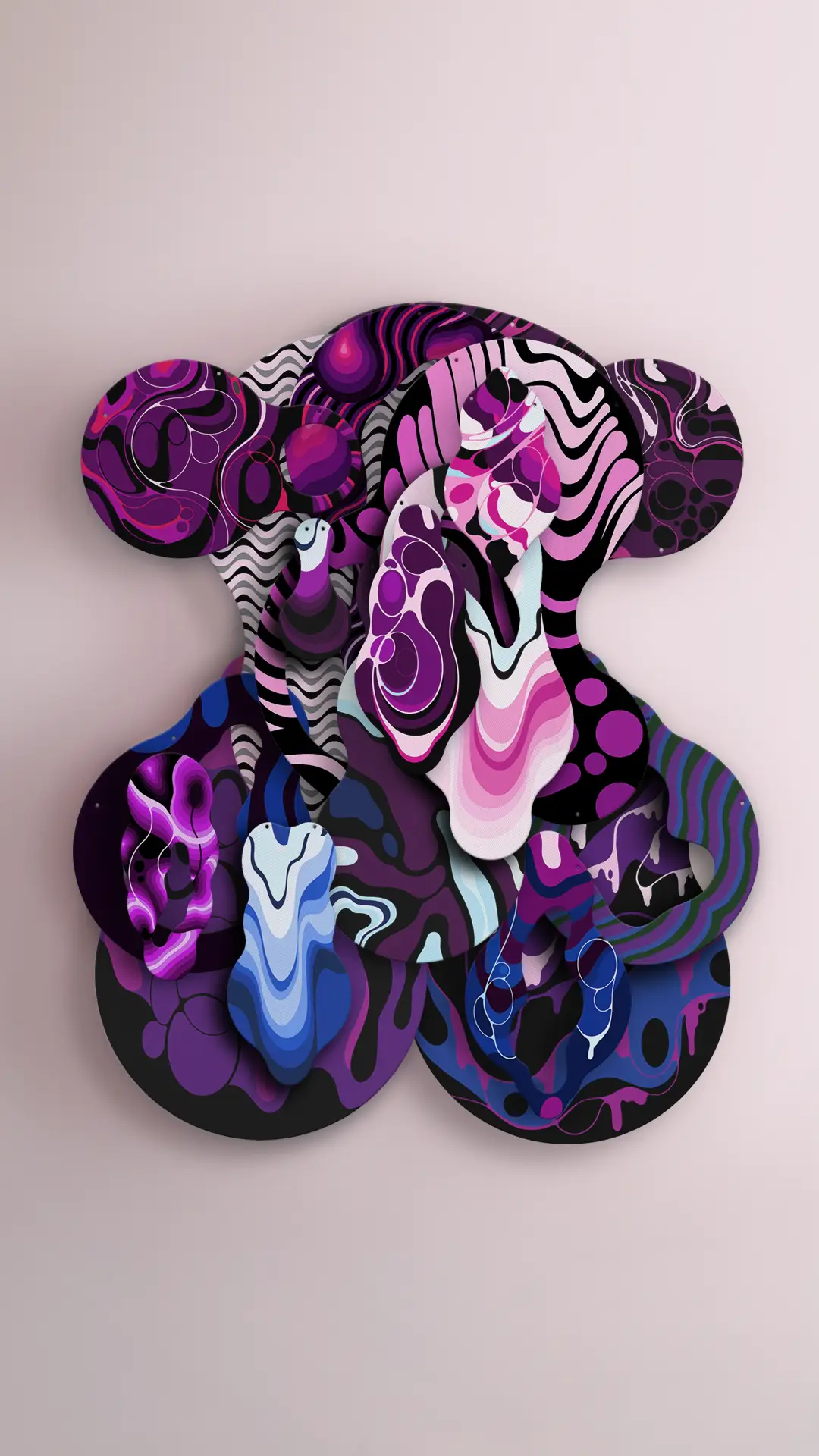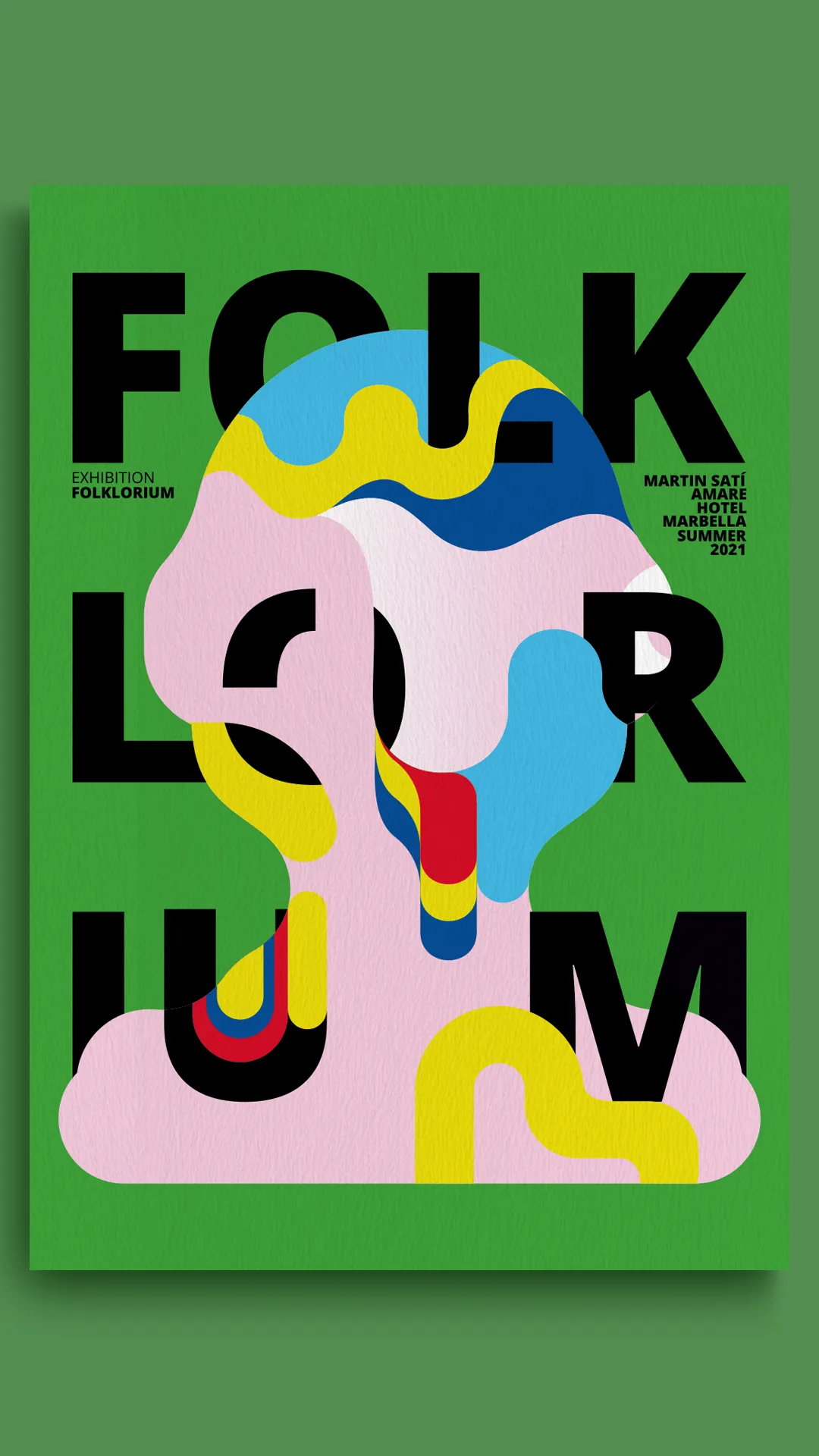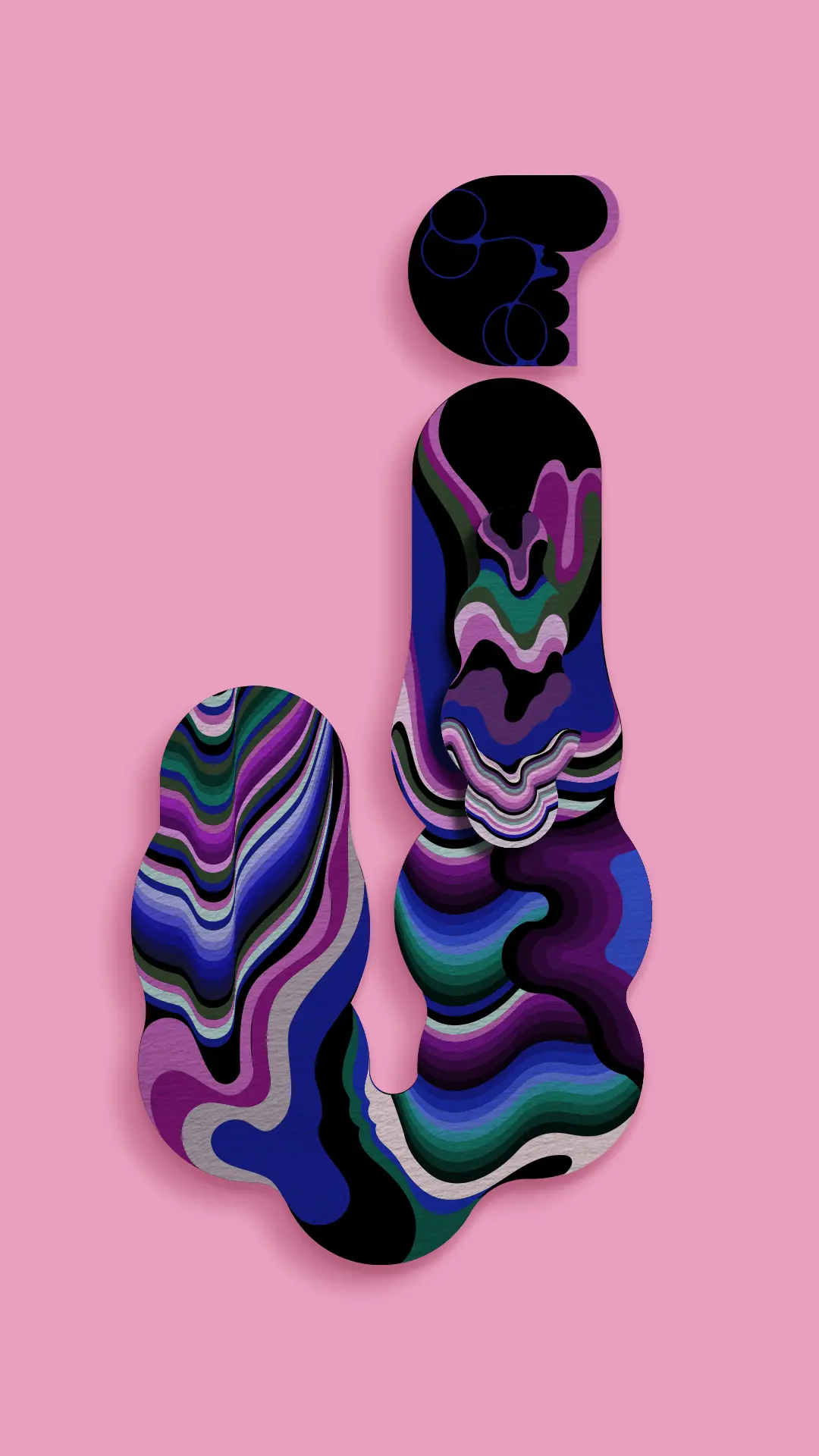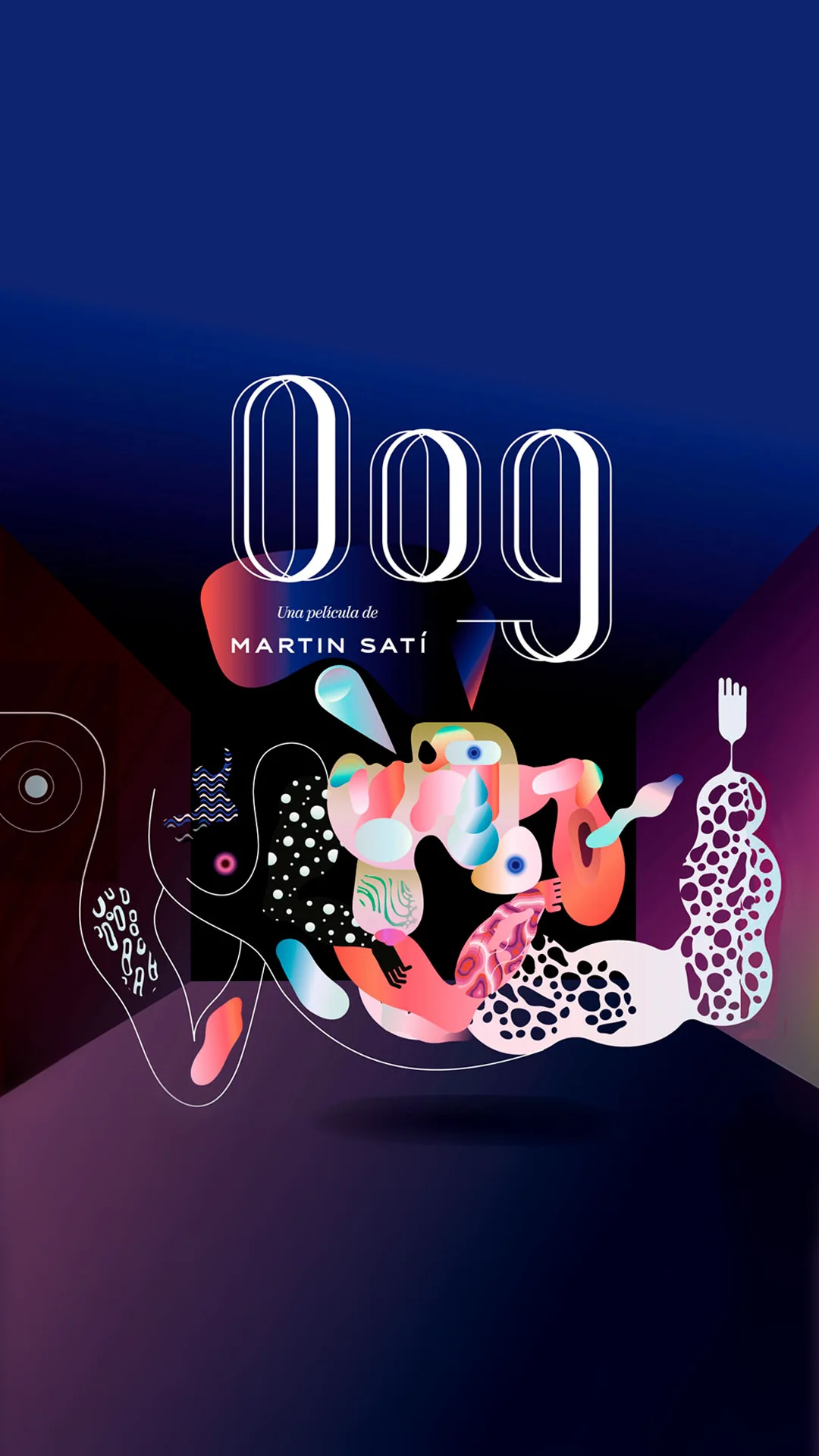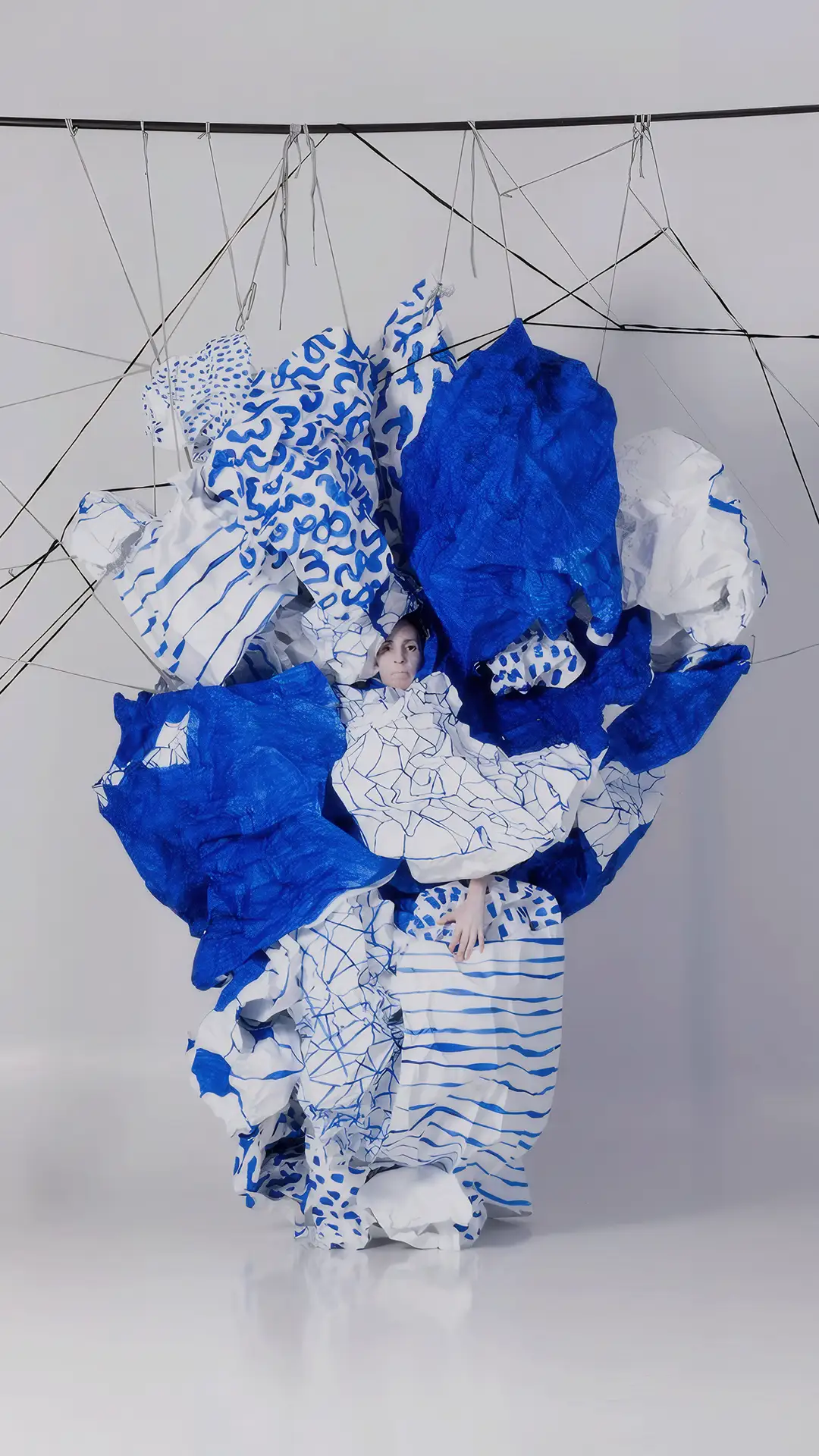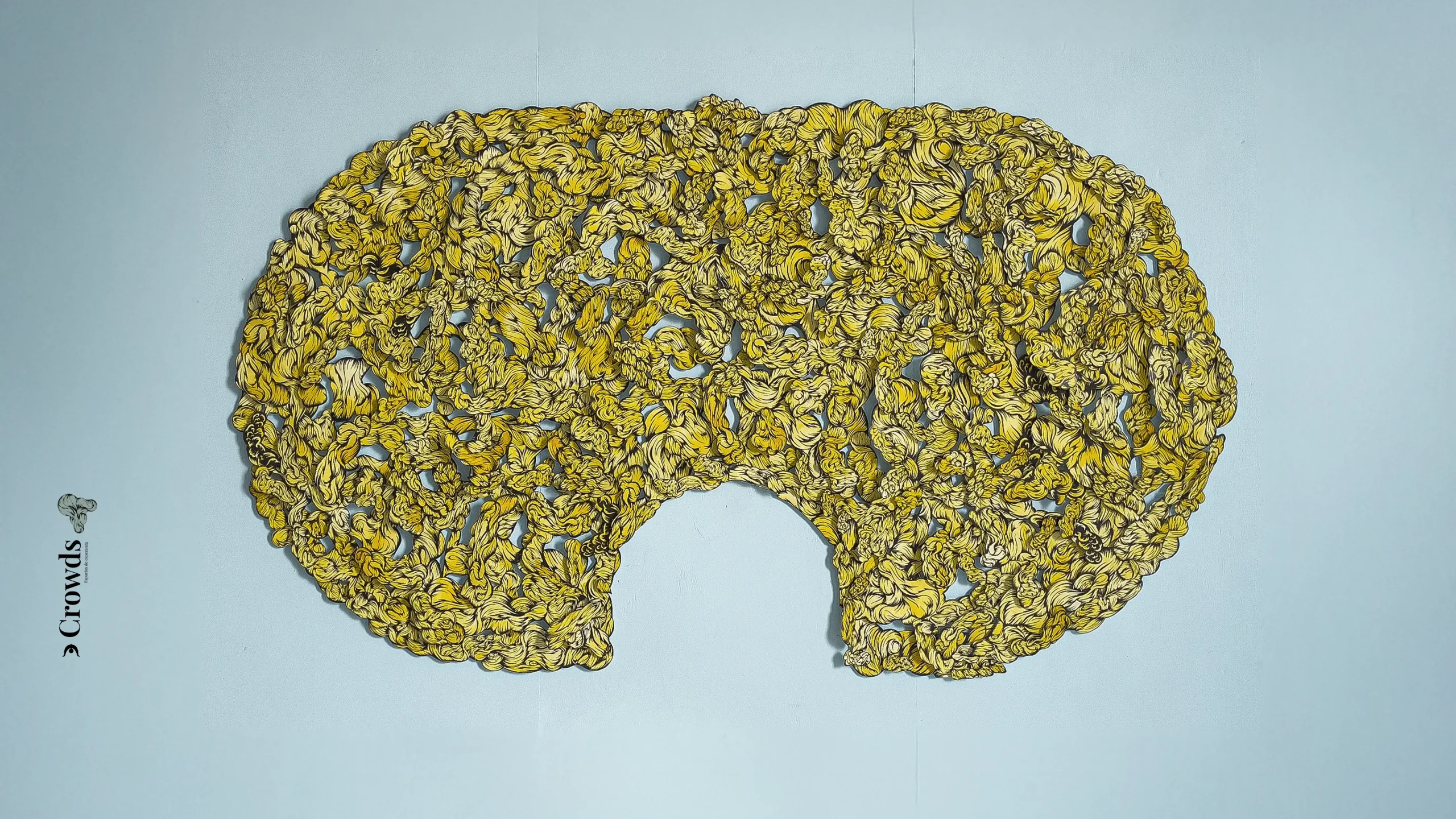
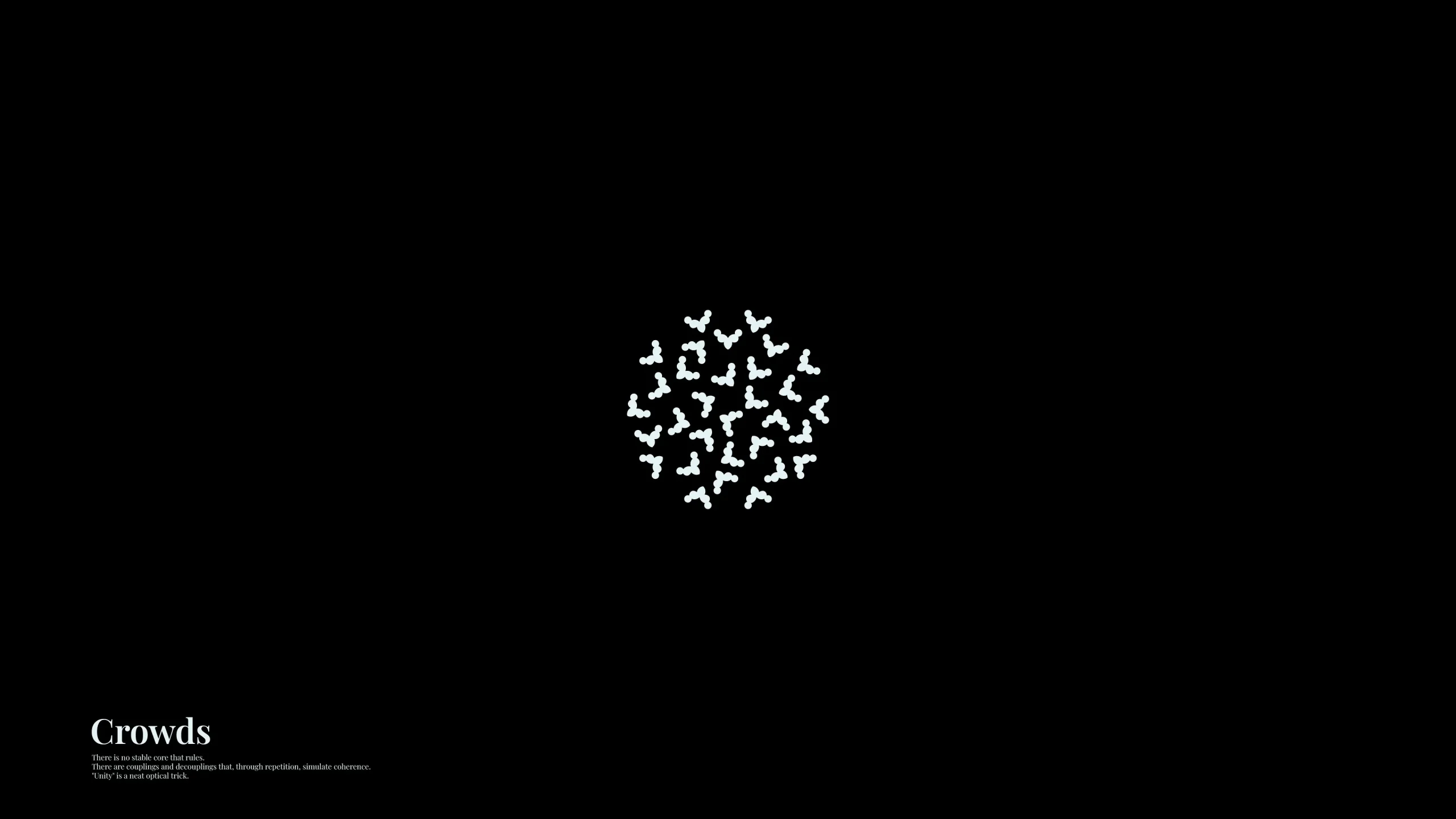
The project starts from a clear premise for designing ideas: an individual is not a set of parts but a molecular dynamic. A crowd is not a sum of bodies either, but a moving field of forces.
To make this clearer, think of the final sketch in Everything You Always Wanted to Know About Sex by Woody Allen, where the body behaves like a TV studio. Internal characters make absurd yet precise decisions. Something similar happens here: tiny figures, at a micro scale, choreograph a large-scale staging. Individuality is made of multitudes.
The work is built as a practical zettelkasten: four lines crossing—painting, microbiology, parody, and extras—without fixed hierarchy.
The focus sits at a bacterial scale. Chemistry is treated as agency, not as background. Life appears as a situated network of relations, not as an isolated substance; a stance that assumes co-production between entities and contexts.
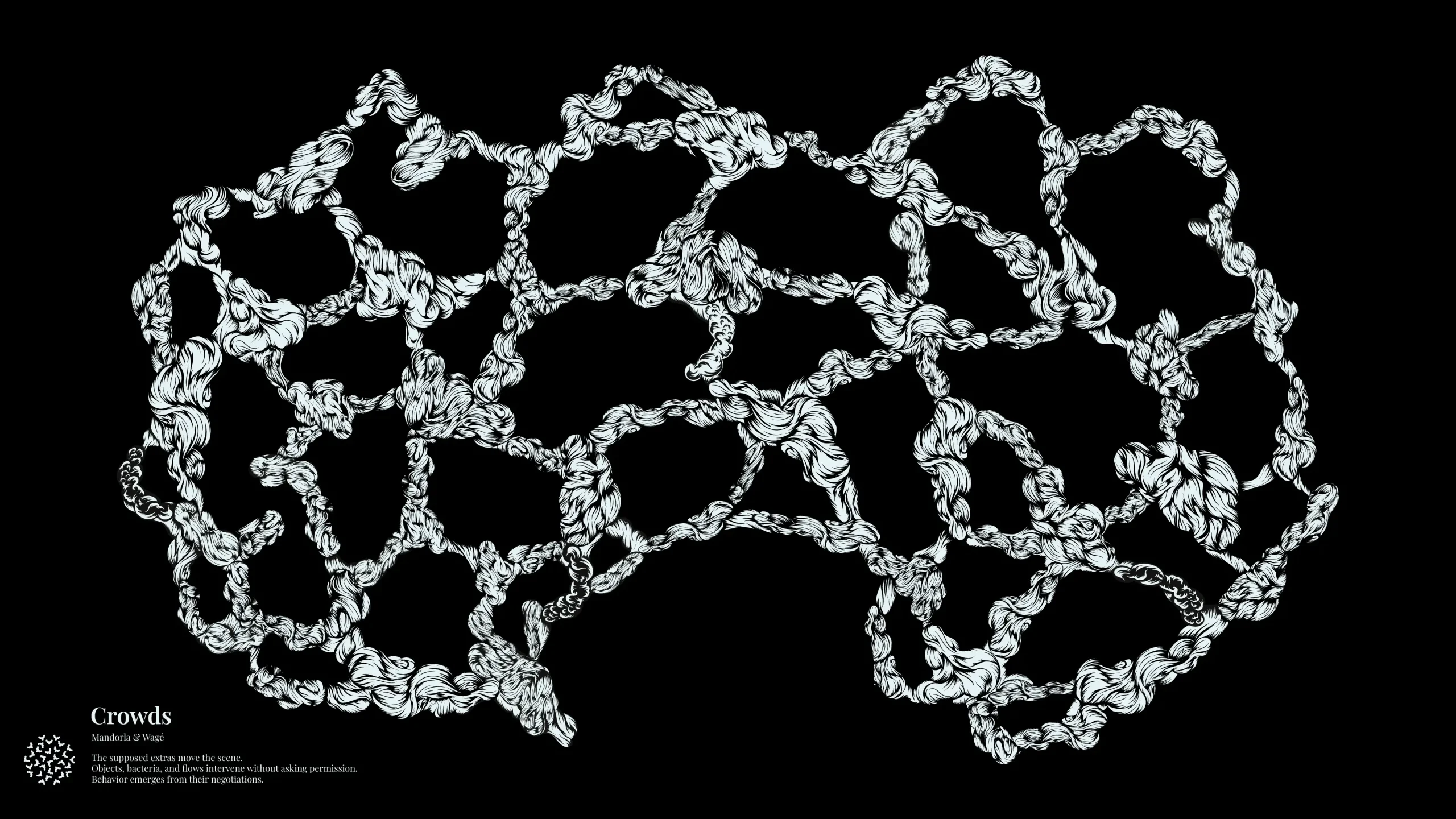
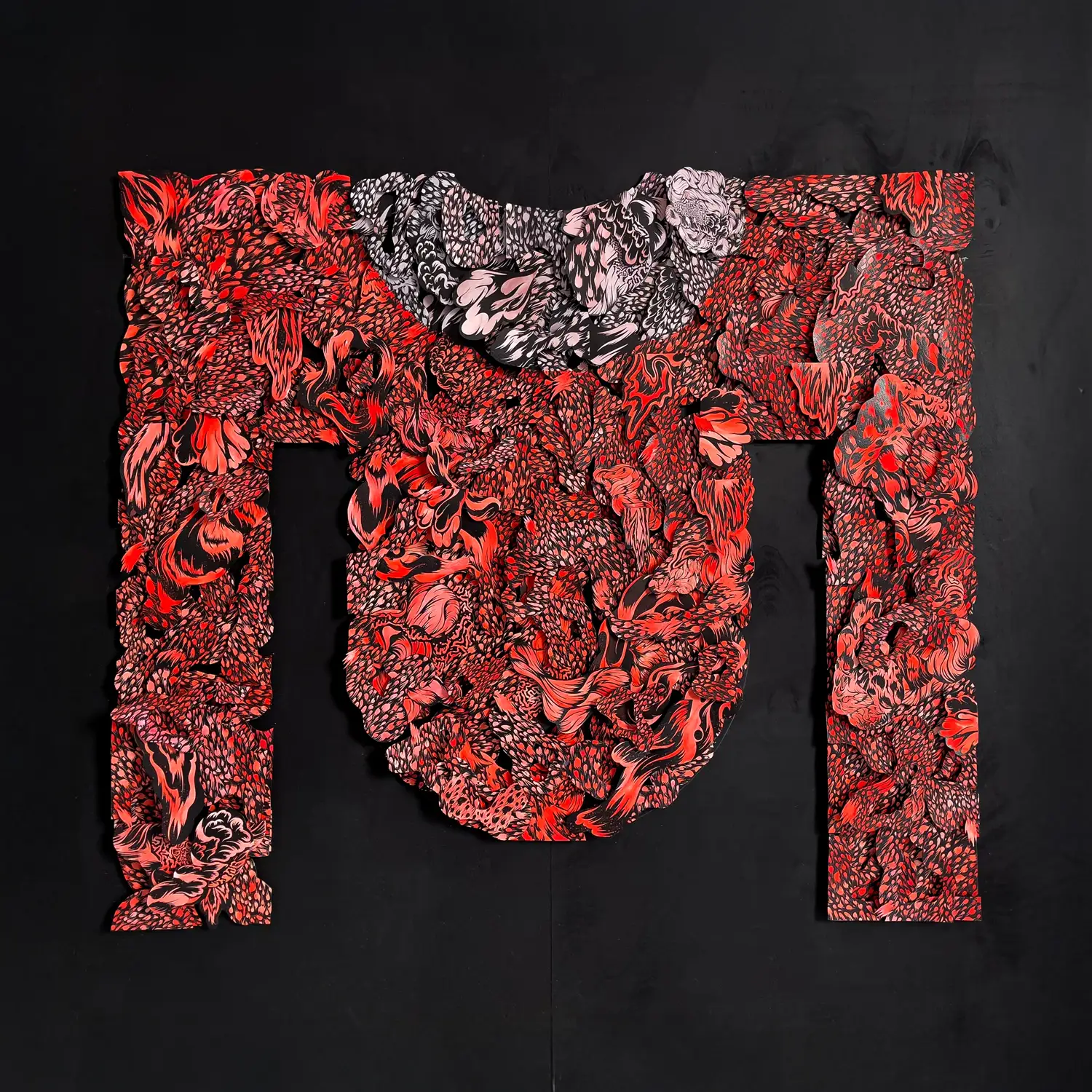
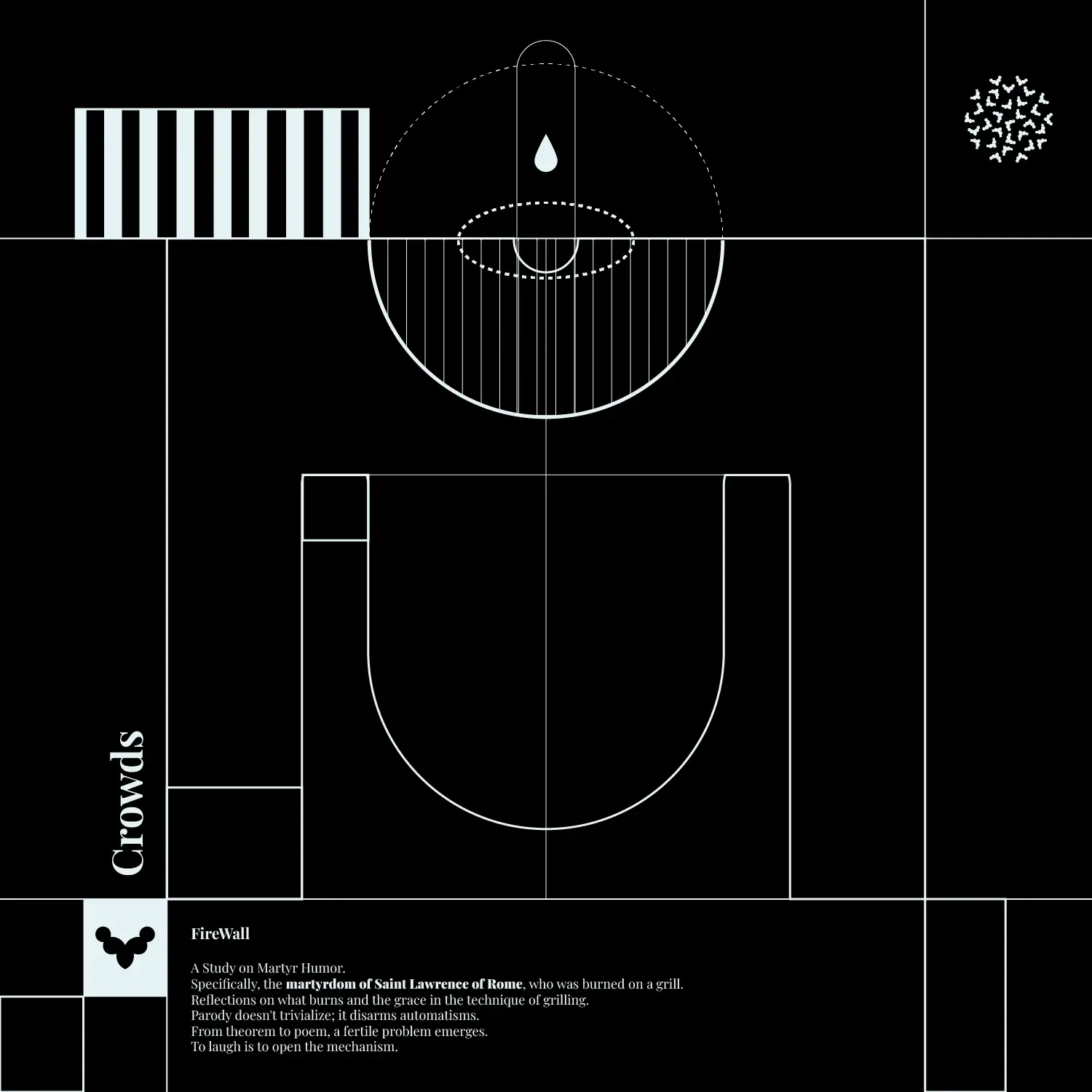
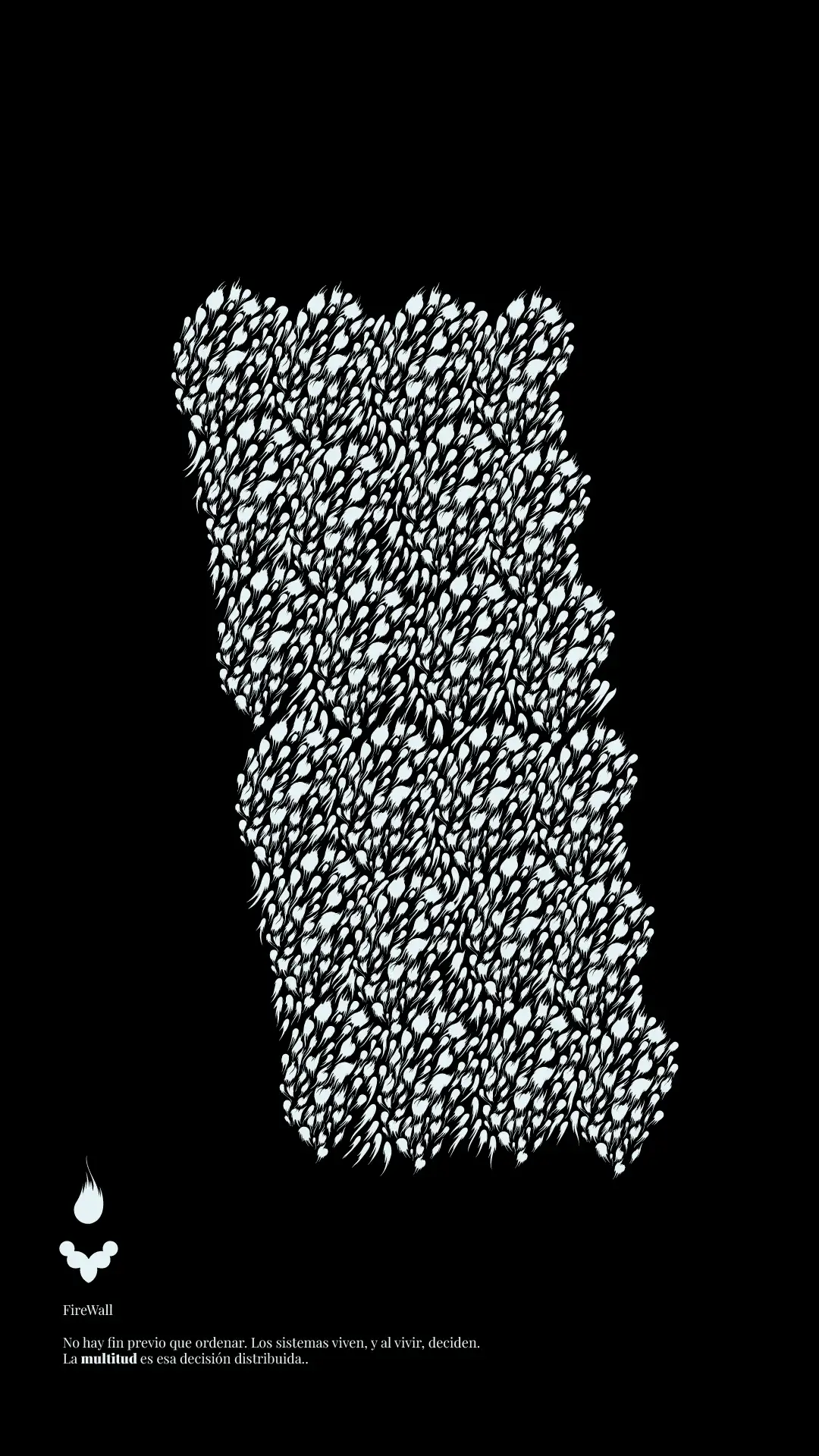
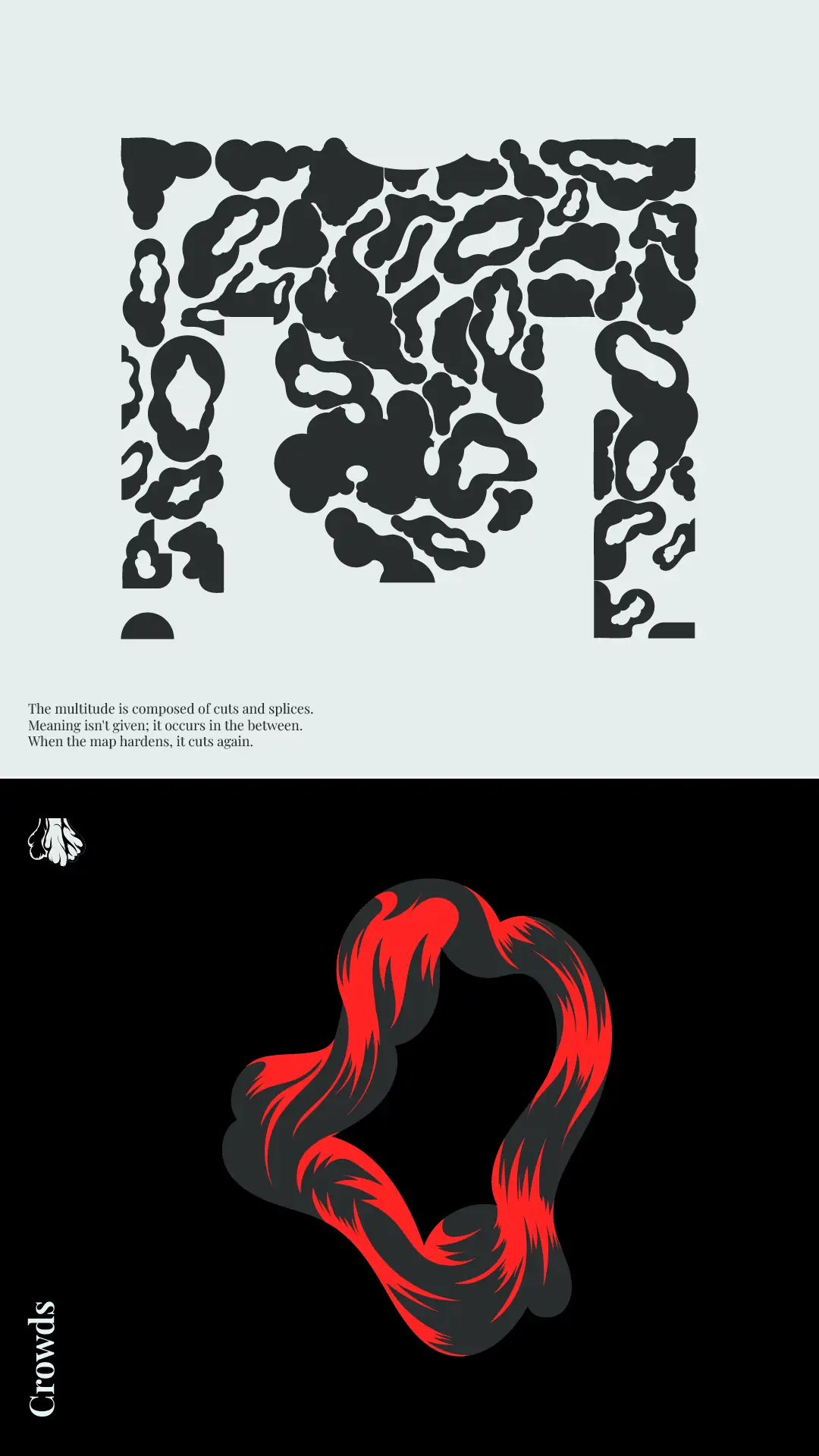
The project turns theorem into poem and thus into a problem. It does not offer solutions; it seeks the productive stumble between hypotheses and affects. Laughter works as a tool to open mechanisms—no sermons.
The “extras” are actants: bacteria that push decisions, objects that influence, flows that negotiate. The scene is explained not by essences but by associations.
Pieces are made through montage. The process works by designing maps. If a map hardens, it is cut again. What matters is the fold where form shifts.
The practice moves between design and painting. Design is not used as a functional closure but as a device to redistribute what is visible and legible. The aim is not to deliver instructions, but to offer conditions for reading. This is not a biology manual; it is a focused parody of how the micro drives the macro.
All this invites a reminder: moral and physical integrity is a useful but partial fiction. What we call the “self” is a set of decisions taken by systems with no prior end: they live, and by living, they move. This affects politics, the economy, and how our shared worlds are designed.
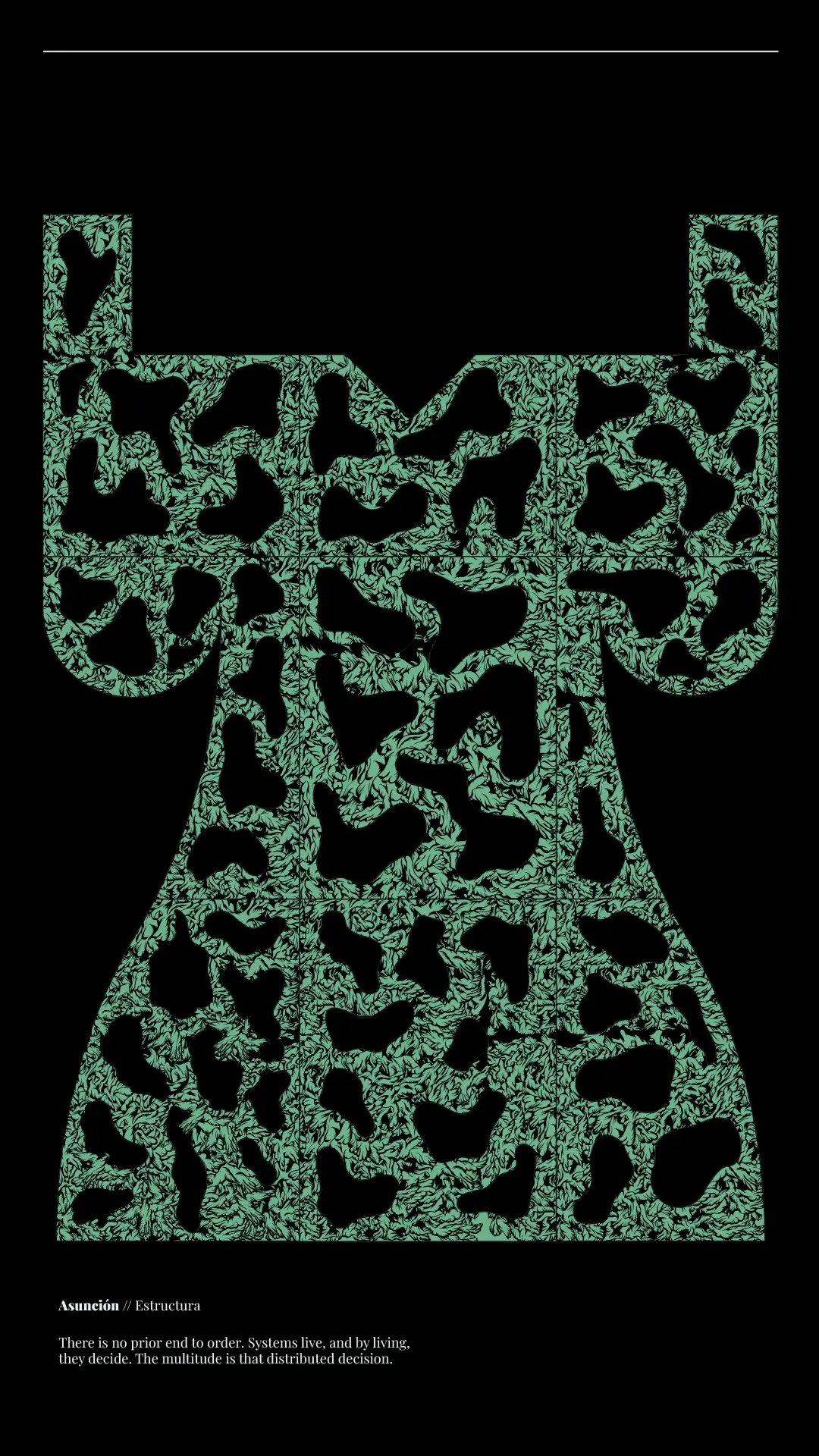
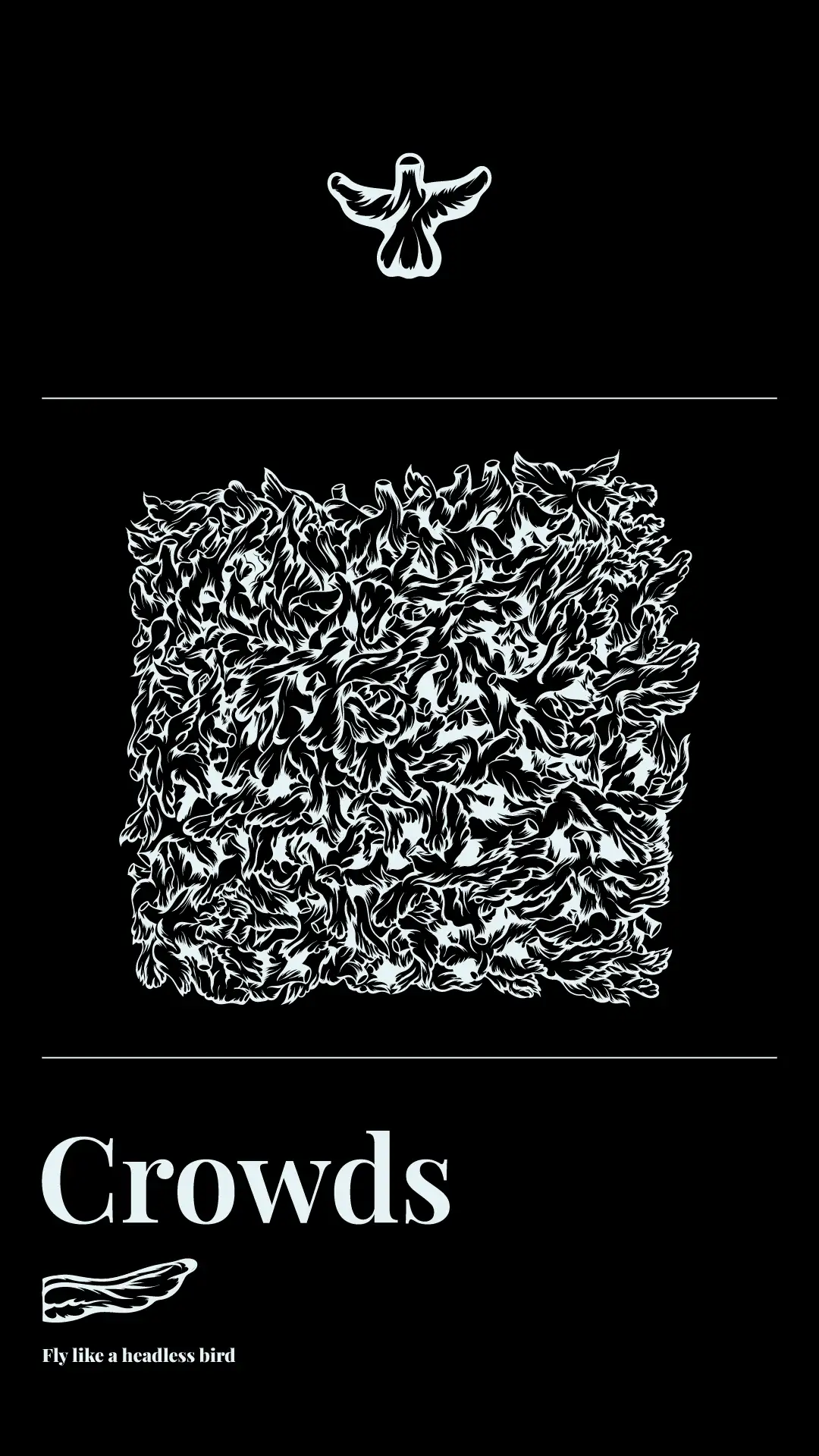
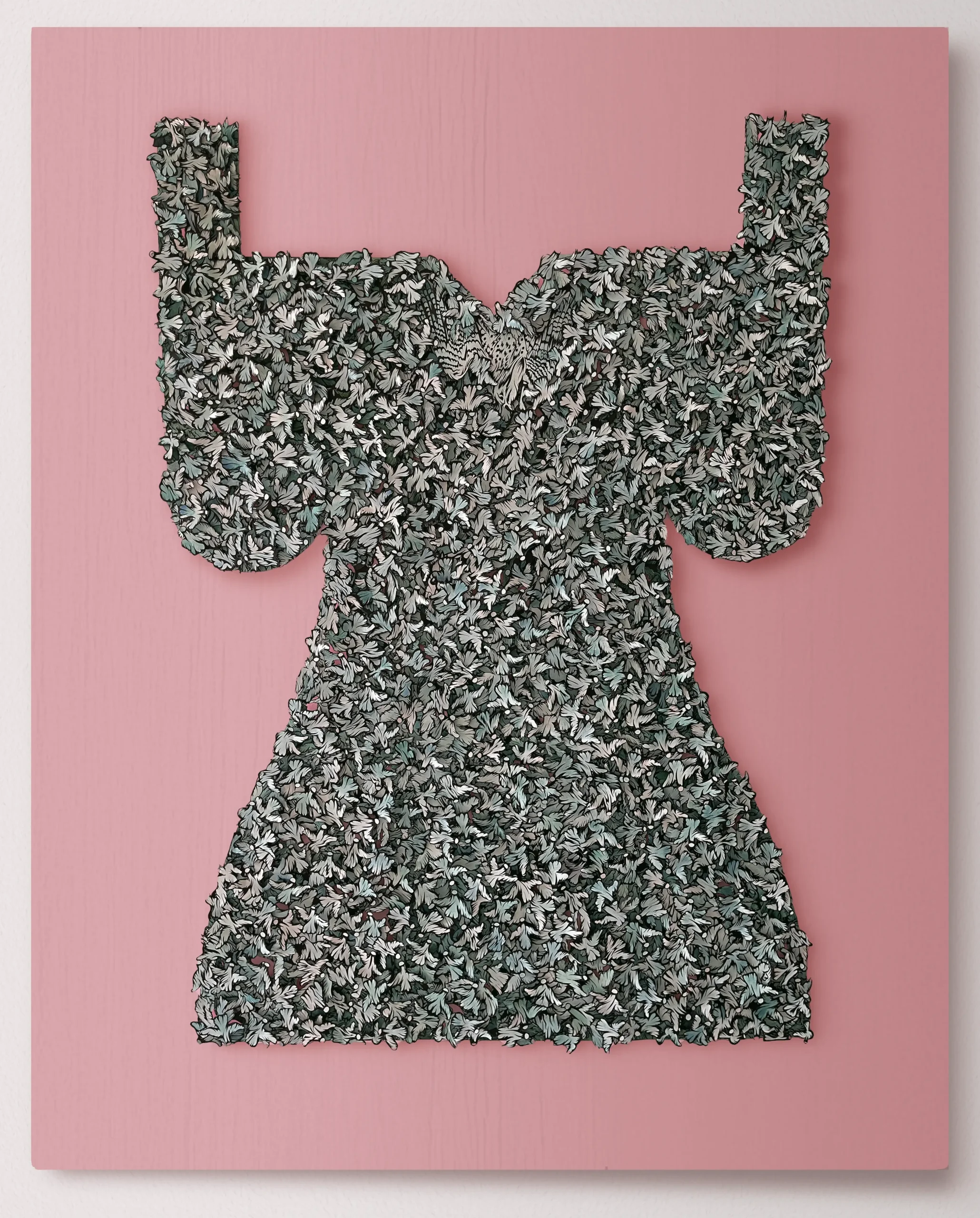
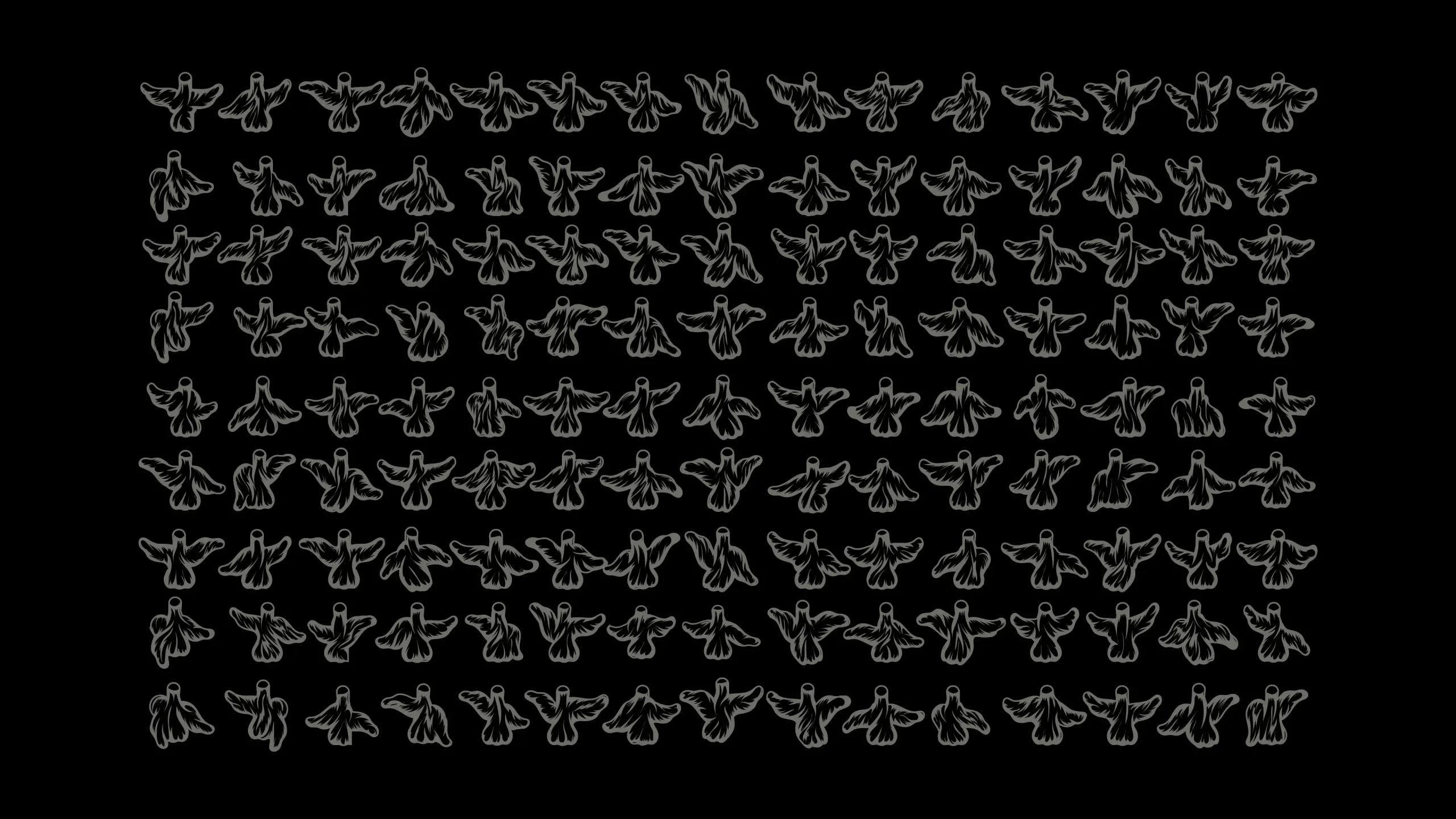
Graphic Craft
The project incorporates the design of small parts—die-cut modules, tokens, printed fragments, and watercolor-painted elements—that, hand-assembled, generate “mass.” Scale matters at its smallest: each unit has tolerances, edges, and errors that are not corrected digitally; they are used as variations. Repetition produces pattern, but slight deviation introduces rhythm. This swarm of micro-forms, layered over time, behaves like a multitude: it does not depend on a central figure but on simple rules of proximity, rotation, and coupling. Construction is slow and tactile. Matrices and dies are designed first; then each piece is cut, painted, and glued one by one. The result is not an ornamental collage but a visible field of forces where “mass” emerges from the artisanal sum of small decisions. This logic of module and swarm connects with the project’s microbiological approach and its reading of the individual as a dynamic, not a block.
< View all work >
Contact
martin@martinsati.com
Follow me
Info
Terms and Conditions
Privacy policy
Copyright © 2025 Martin Satí.
